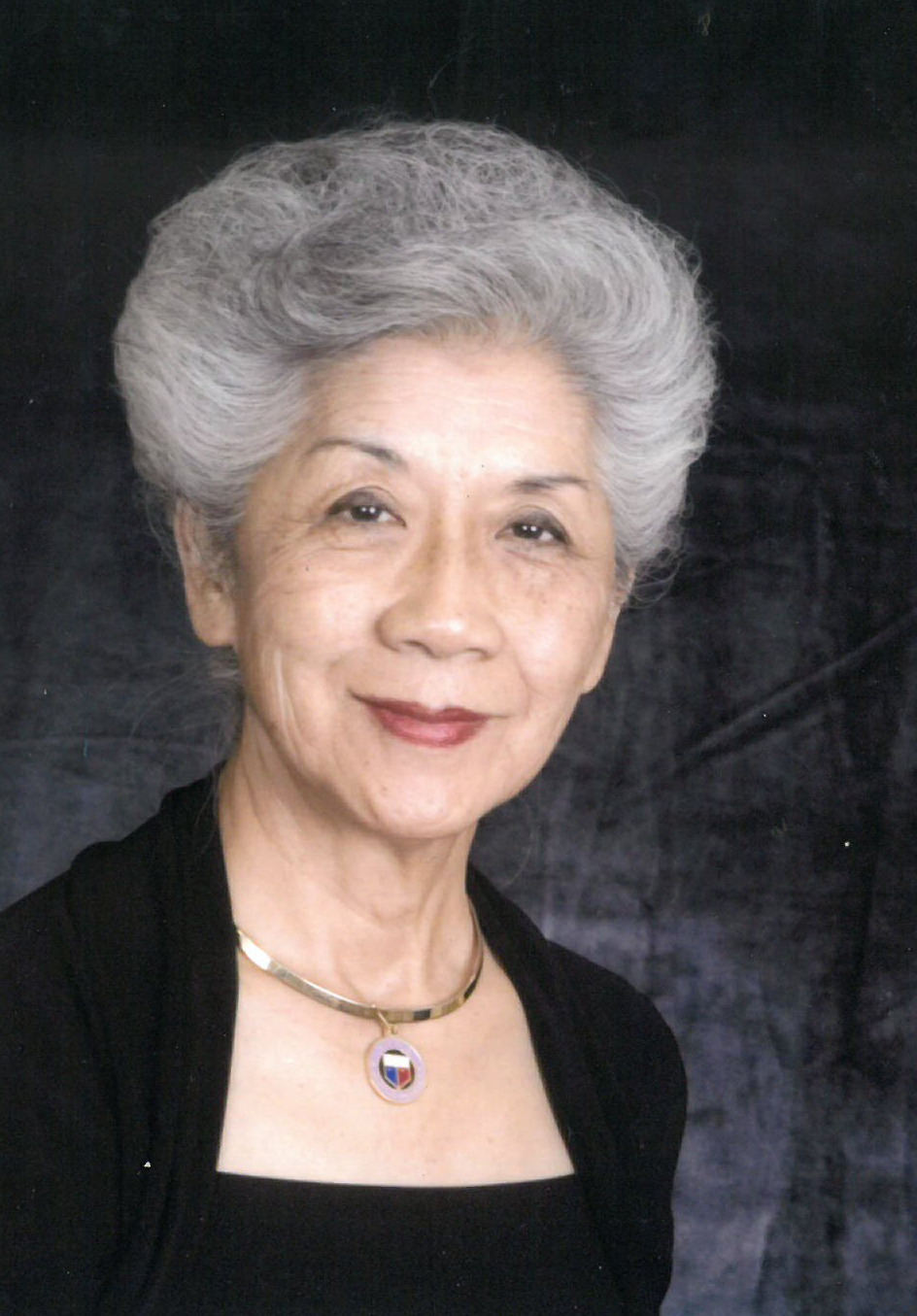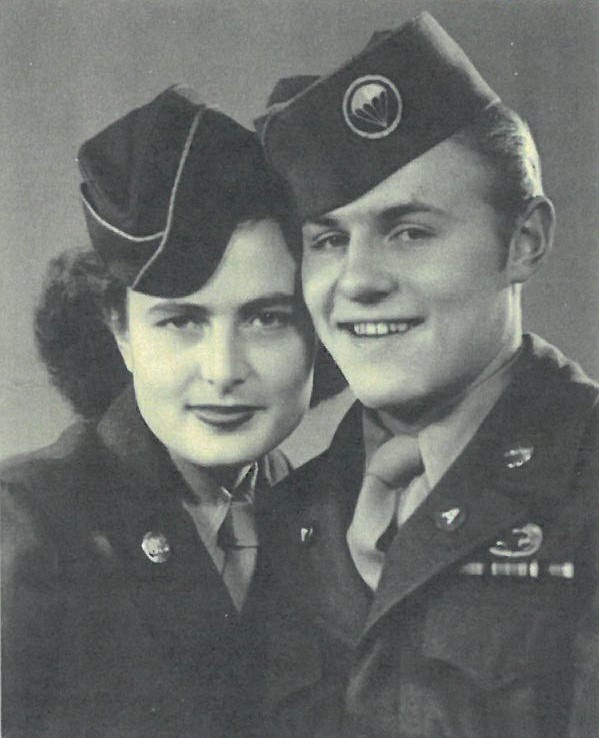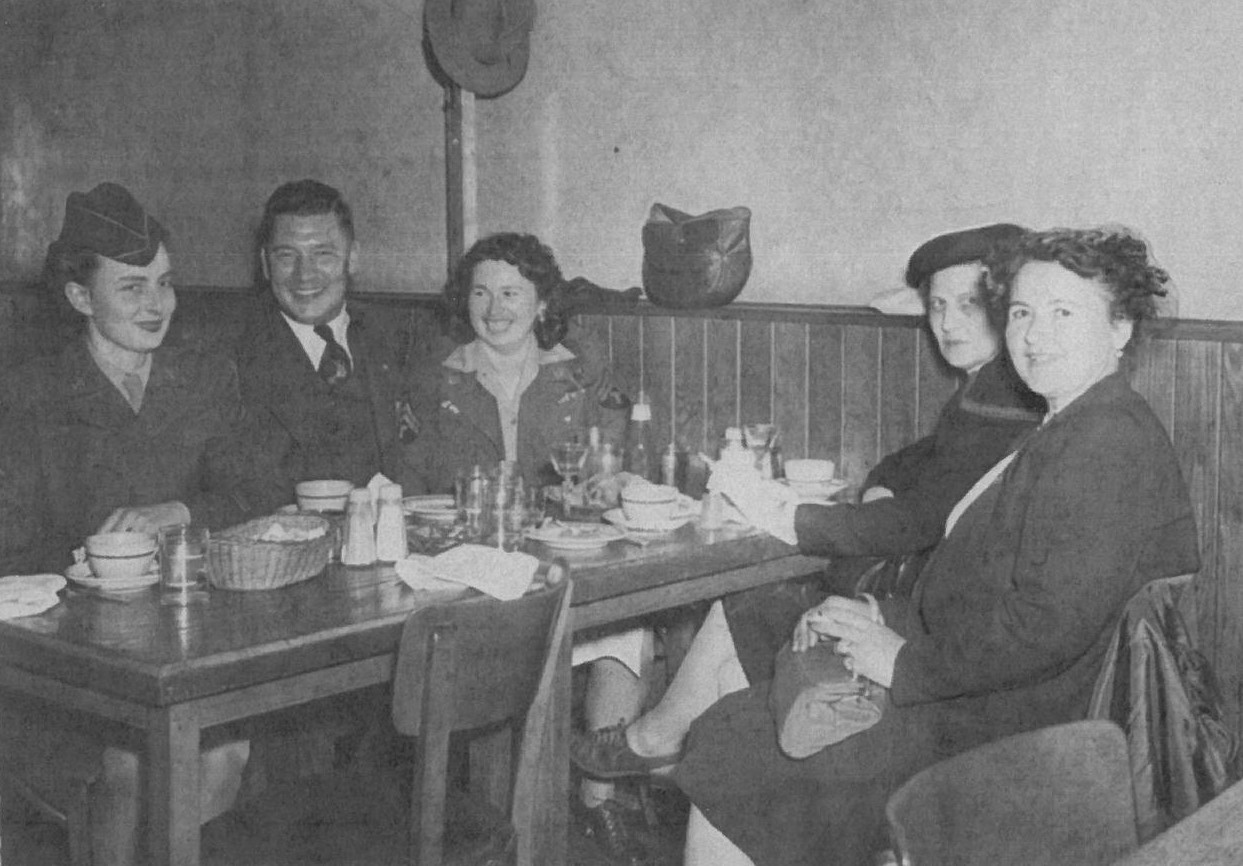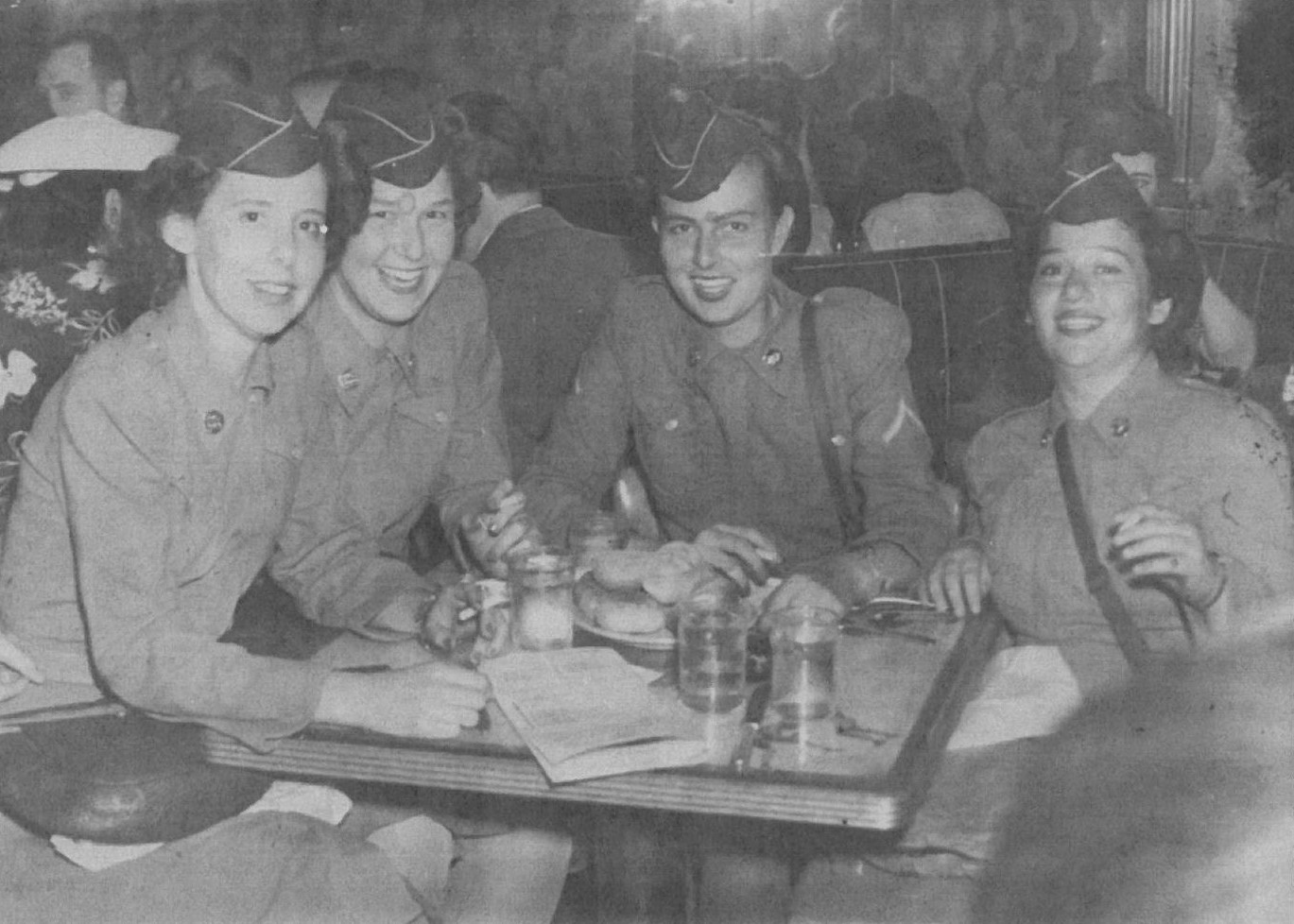Women Rebels of Alamosa
Women all over the world have taken strides to advocate for women's rights and take the necessary steps to become historical game changers. Breaking rules, speaking out, and turning the tables on what was thought a womens role should be. The San Luis Valley is no exception to these incredible women and to honor these women, Visit Alamosa took a deep dive into two of these figures and will be introducing these rebel women to you, in honor of 2023 Women's History Month.
Bessie Yoshida Konishi

Born in La Jara, Colorado September 17, 1932, Bessie and her family were among the first families to settle in the San Luis Valley. From a young age, she was taught to work hard on her family farm. She recalls waking up at dawn with her siblings to tend to cabbage and cauliflower. Working before and after school some days, but said “We worked hard, but it didn't hurt us, it was good for us.”
Raised in a family of 12, Bessie was one of ten girls in her family. Upon graduating from high school, women were not thought to need education past high school. Most of her nine sisters went on to attend sewing school to further their education. That then was followed by arranged marriages for many of them, and that was normal for the time. Bessie however did not see it that way. In an interview, she recalled a conversation with her parents stating, “I am not going to sewing school ‘cause I already know how to sew and I'm gonna run away if you send me to sewing school.” Young Bessie went on to attend business school with her parents' blessing. She would attend school in the winters and return to the family farm in the summer to work alongside her family. The third winter after attending college, Bessie worked in Denver at a carpet company. The following winter, she went back to Barnes Business School and was able to find work there.
The following year, Bessie turned the tables on what was thought to be a standard practice and chose to opt out of an arranged marriage. Meeting the love of her life was anything but arranged. A kind and encouraging man, Ben Konishi encouraged his wife to attend Adams State's 4 year program, and she did. A year after their first child was born, she carried a full class load and graduated on time. Bessie had her second child while attending school to earn her master's degree and successfully completed that in 1961.
Reflecting on the prejudice and discrimination she faced in highschool, and seeing the continuance of it in raising her own children, Bessie believed that it was something that needed to be discussed. She took what was called “The Green Circle Program”, a good human relations program originally started by the quakers. She saw this program as a good way to discuss prejudice with young children. She began by approaching elementary schools with the presentation at almost every school that was in the Valley at the time. This eventually led to her giving this talk to colleges and different clubs as well. Bessie describes her presentation and states, “It wasn't just the kids who needed that. You started out with a small green circle, it's a felt presentation. You put yourself in the circle, and talk about how lonely it is, and so you include your family, and gradually include other friends. Then you talk about the flowers, and how dull it would be if all of the flowers were the same color and the same kind, and relate that to people with different colors. Soon I would bring in other religions and soon, the circle is big, and you're including everyone. It was a good program, so I hope it helped.”
Bessie broke the rules to build a bright future for herself, to inspire her sisters, inspire her children, and inspire women all over to stray from the norm and stand on their own. Rebelling against what she grew up knowing, choosing a higher education and turning away from arranged marriage at a young age showed courage not all young women hosted at that time. When asked where her bravery came from over the years and how she became the boldest of 12 children, Konishi responded with “I don't know, I don't know. I really don’t know. But, I just never worried. Things would just happen and I don't know maybe being the seventh, seventh daughter, I don't know. Lucky number seven? I don't know, I don't know, but yeah, things just happened.”
Bessie has gone on to be a part of amazing programs and continues to make a difference in the community today. She is an active member of the Alamosa Women’s Citizenship Club and has contributed to projects like the new “Cranes in Flight” sculpture being placed at the Colorado Welcome Center in Alamosa.
Dorothy Hinson Brandt
Born May 3, 1927, Dorothy was the only girl in a family of seven children. Dorothy was only in high school when her father lost his sight, prompting her to leave school and help with the family farm. She worked many different jobs, one of them being a tracer bullet inspector on a graveyard shift at just 16 years old. When the war struck in 1943, she heard her inner voice of service calling, and she aimed to serve her country. With 4 brothers in different branches, she felt it was her patriotic duty to serve. There was only one issue, you had to be 21 to enlist at the time, and Dorothy was still only 16 and much too young to do so. Wanting nothing more than to serve, she got a neighbor to sign for her to be able to join the army.
Brandt would serve for three and a half years before being of legal age to serve. She spent two years in Europe, one in Vienna, Austria and one in Heidelberg, Germany with two months spent in Verona, Italy. She stated “It was an education you could not buy.” Dorothy met her husband of 66 years on her tour in Heidelberg. He remained in the military for 30 years past her honorable discharge. In those years, Brandt traveled and continued to serve.
She went to Micronesia on the Island of Turk in the South Pacific and worked as a volunteer with Native women who wanted to form organizations to help them to move forward and make a better life for their families. She called it “one of the most challenging projects I had ever experienced and one of the most rewarding.
She then went on to spend eight years in Thailand as the AFS International Representative. Here she would select students to spend their senior year of high school to live with an American family and community so they could understand better and create a better world together. In exchange, American students would go to Thailand to try to achieve the same goal. The program is still operating to this day.
When the time came to retire in 1982, the Brandt’s moved back to their ranch where they raised Texas Longhorns for ten years before retiring for a second time. It was then that Dorothy wrote and published with additions of her husband's illustrations “Ranch Memories at Thirty Below.” She then went on to collect stories from underage women soldiers like herself and write and publish “America’s Youngest Women Warriors.” She stated “It is our history and needs to remain available for future generations. We are a unique part of history who without education, never being away from home were able to step up and serve our country with pride and break trails that are worthy of being maintained by young women of today.”
Dorothy worked for 13 years alongside a team of “remarkable senior citizens” to establish the San Luis Valley Museum. In doing this, Dorothy stated “We are recording our history from the past, we are creating history of the present and we are leaving something of value for those who follow in our footsteps.” This legacy she helped build is boasted in the Alamosa community and visitors far and wide visit every year. Her goal was achieved and her legacy lives on. The museum is still operating and houses uniforms worn by Dorothy during World War II.
Dorothy passed away February 20, 2022 leaving behind a life and legacy worth remembering. Quoting Dorothy from a written statement made in 2013, “Women of today have a chance to make so many choices and sometimes they clash but if they look within themselves and decide what is most important for their future and give it their best that is what living is all about. At 86 I do not look back and wish I had done it differently. I gave it my best and that was good enough and that solved the question of good enough or your best. They complement each other.”
Women like Bessie and Dorothy foster a deep sense of pride and courage among women in the Alamosa community and far past. Encouraging women to push the limits, break the rules, and change the world. As Dorothy Brandt would say, “Good enough or your best.” We extend these incredible women's lives to you to learn about and from and invite you to celebrate all of the rebellious women in your life, this Women's History Month.










